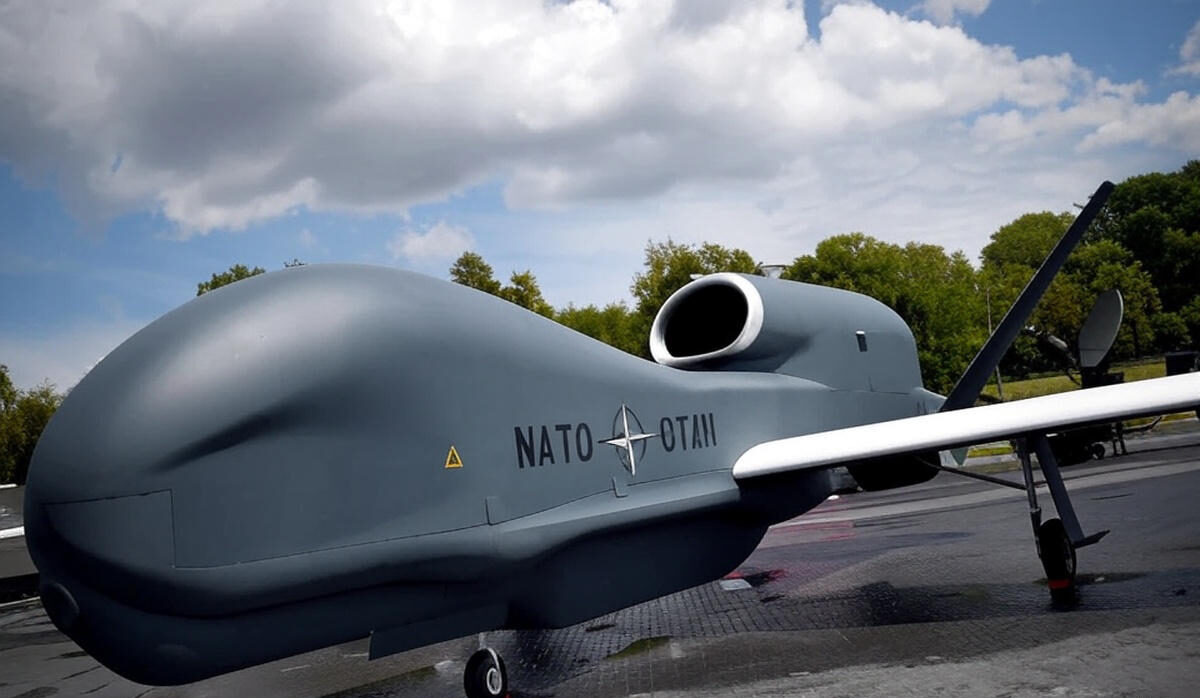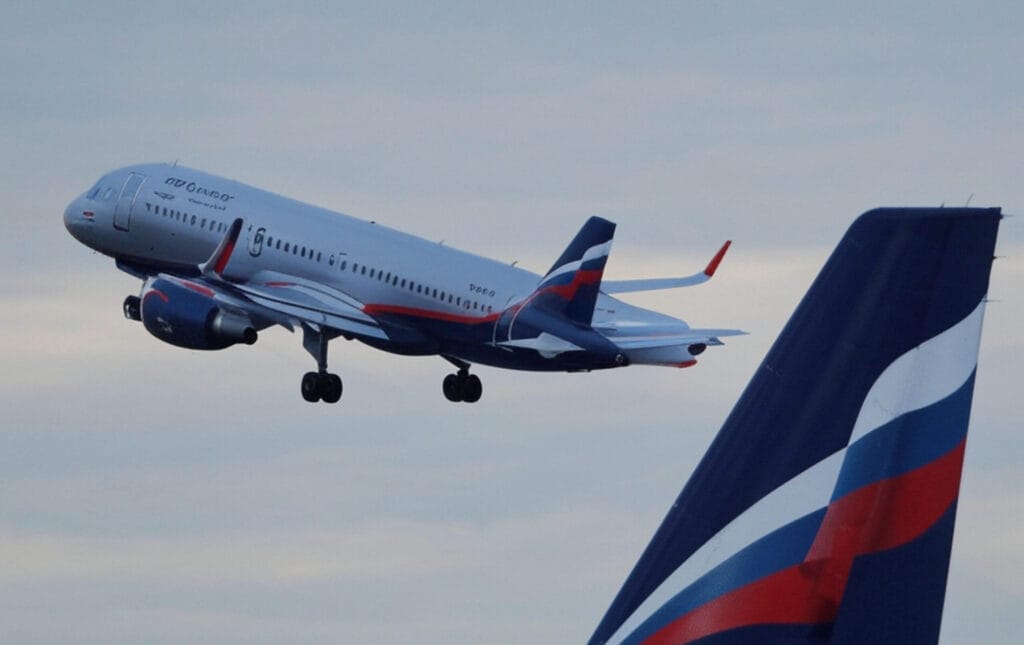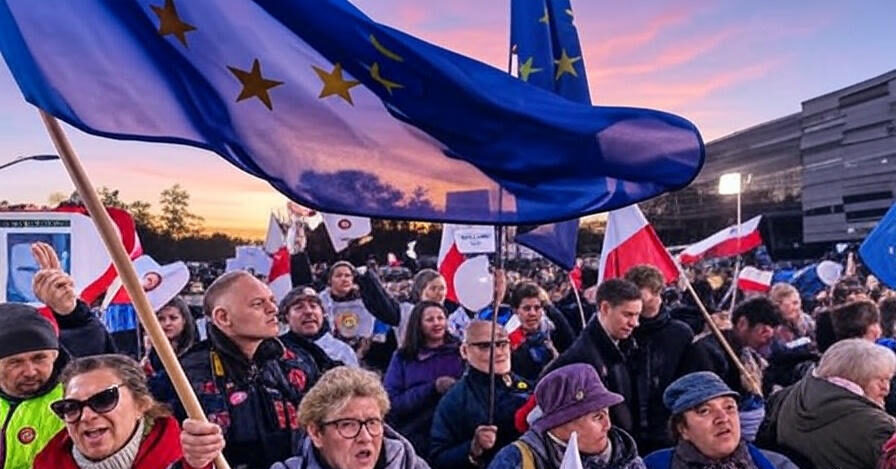
On September 9, 2025, Russian drones breached Polish airspace, triggering a bold response from Poland and raising alarms across NATO. This incident, one of the most serious since Russia’s invasion of Ukraine, has intensified fears of escalating conflict in Europe. Here’s what happened, why it matters, and what’s next for Poland-Russia relations and European security.
Russian Drones Enter Poland
A Night of Unwelcome Intruders
Late on September 9, 2025, around 11:30 p.m. CEST, 19 to 23 Russian drones crossed into Poland from Russia and Belarus. This occurred during a massive Russian attack on Ukraine, involving over 400 drones and 42 missiles targeting Ukrainian military sites. Some drones flew hundreds of kilometers into Poland, reaching central and northern regions, far beyond the border.
Key details of the incursion:
- Debris Found: Wreckage was recovered in 17 locations, including Wyryki-Wola and Nowe Miasto nad Pilicą.
- Drones Downed: Polish and Dutch F-16 jets shot down four drones, with no reported casualties.
- Minor Damage: Falling debris damaged one residential building, but no injuries were reported.
Poland’s Air Force, supported by NATO allies like Italy and Germany, scrambled jets and activated Patriot systems to counter the threat. This marked a rare instance of NATO directly engaging Russian assets over allied territory, highlighting the alliance’s rapid response.
Flight Ban Imposed

Securing the Eastern Skies
In response, Poland introduced a three-month ban on non-essential civilian flights over its eastern regions, starting September 10. The Polish Air Navigation Services Agency issued a NOTAM (Notice to Air Missions), halting drone operations, low-altitude flights, and some commercial routes near Ukraine and Belarus. Airports in Warsaw, Rzeszów-Jasionka, Lublin, and Modlin faced temporary closures, disrupting regional travel.
Prime Minister Donald Tusk called the breach a “serious provocation,” warning that Poland is “closer to conflict than ever since World War II.” Foreign Minister Radosław Sikorski labeled it an “attack on NATO and the EU,” pushing for a unified “drone wall” to protect Europe.
Key impacts of the flight ban:
- Scope: Covers airspace up to 10,000 feet in eastern provinces like Lublin and Podkarpackie.
- Exemptions: Military, emergency, and select cargo flights are permitted.
- Economic Toll: Initial delays affected 5,000 passengers daily, with broader trade disruptions expected.
Tusk emphasized Poland’s resolve: “We will protect every inch of our land.”
NATO and Beyond
Allies Rally, Tensions Rise
NATO Secretary General Mark Rutte praised the alliance’s “swift action” during an emergency meeting on September 10, urging Russia to stop violating allied airspace. British, Dutch, Italian, and German forces supported Poland, with UK Typhoon jets joining patrols. The UN Security Council held a briefing on September 12, where Rosemary DiCarlo warned of “escalating regional risks” from drone warfare.
European leaders, including France’s Emmanuel Macron and Germany’s Olaf Scholz, condemned Russia’s actions as “reckless.” Ukrainian President Volodymyr Zelenskyy called for stronger air defenses for neighboring countries. Even U.S. President Donald Trump weighed in on Truth Social, questioning Russia’s motives.
International responses include:
- UN Action: A draft resolution calls for de-escalation and drone transparency.
- EU Support: A proposed €500 million fund to develop anti-drone technology.
- NATO Boost: Sweden and Denmark pledged surveillance assets for Baltic patrols.
Romania, facing a similar drone incursion days later, also protested to Moscow, signaling growing unease along NATO’s eastern flank.
Poland, Russia, and Europe’s Future

Strained Relations and New Threats
This incident deepens Poland-Russia tensions, already fraught due to Poland’s strong support for Ukraine, including hosting millions of refugees and supplying aid. Russia claimed the breach was accidental, blaming Ukrainian defenses for deflecting drones. Belarus supported this narrative, but experts like former Irish defense chief Mark Mellett see it as a deliberate test of NATO’s resolve using low-cost Gerbera drones.
Sikorski warned that future incidents causing harm could trigger a stronger response, possibly invoking NATO’s Article 5. This event exposes vulnerabilities in Europe’s air defenses, as drones—cheap and hard to detect—reshape modern warfare.
Risks to European Security
The incursion highlights broader challenges:
- Escalation Danger: Missteps could spark unintended conflict.
- Economic Impact: Flight bans disrupt €2 billion in eastern trade routes yearly.
- Strategic Shift: NATO plans more Baltic Sea exercises in 2026.
As the flight ban continues until December 2025, it symbolizes Poland’s determination and Europe’s fragile security. The incident pushes NATO and the EU to rethink air defense strategies, with drone technology at the forefront.
What’s Next?
The coming months will be critical. Diplomatic talks at global summits may focus on sanctions and anti-drone tech. Poland’s flight ban, while disruptive, underscores the need for vigilance. As Europe braces for potential further provocations, this event serves as a stark reminder: in an era of drone warfare, peace hangs by a thread.





